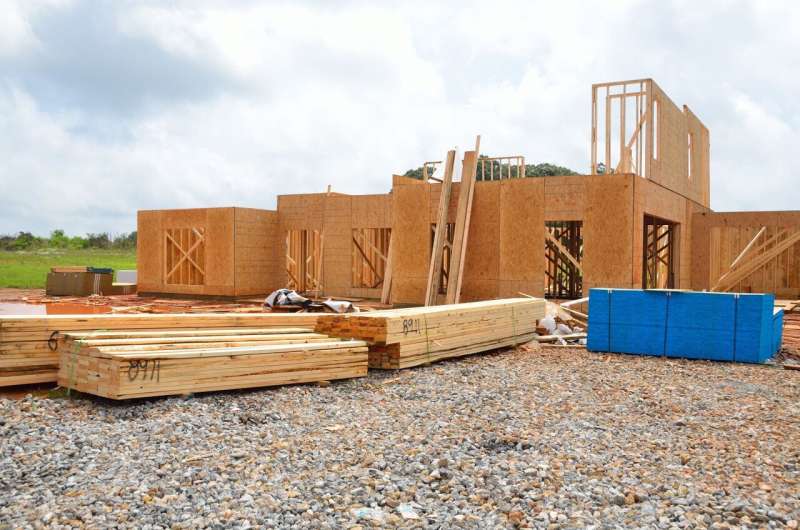This article has been reviewed according to Science X's editorial process and policies. Editors have highlighted the following attributes while ensuring the content's credibility:
fact-checked
trusted source
proofread
Debunking another myth surrounding low-income housing tax credits

A new study from Georgia Tech's School of Public Policy debunks a common belief about the impact of affordable housing on neighborhood property values. The researchers, led by Assistant Professor Brian Y. An, found that developments funded by the Low-Income Housing Tax Credit (LIHTC) do not cause hidden harm to the value of some surrounding properties.
The study, titled "Factors Affecting Spillover Impacts of Low-Income Housing Tax Credit Developments: An Analysis of Los Angeles," was recently published in the U.S. Department of Housing and Urban Development (HUD) publication Cityscape. It contradicts a widely held assumption among critics of the subsidy that widely documented increases in nearby property values accompanying LIHTC projects mask damage to other properties. The researchers found no such effect.
"This research is significant as it challenges the stigma often associated with affordable housing," said An. "This pernicious fear of property value decline has been a major source of opposition to affordable housing projects in many communities."
The federal tax credit is designed to encourage private investors to develop affordable housing for low-income households. To better understand its impacts, researchers consulted HUD data on LIHTC properties in Los Angeles, as well as proprietary data on home sales.
They analyzed property values in neighborhoods before and after the introduction of affordable housing developments and compared the changes to those in similar neighborhoods without low-income housing development. Their results showed no significant decrease in property values following the establishment of these developments, regardless of the characteristics of the neighborhood or LIHTC project.
In fact, the research confirms previous studies showing that developments supported by the tax credit broadly increase nearby property values. After completion of mixed developments including both market-rate and subsidized units, surrounding property values rose by 5.4% compared to comparable neighborhoods without tax-subsidized development. Fully subsidized developments boosted property values by 3.2%, the researchers found.
"From a policy perspective, the key takeaway is that LIHTC developments, in addition to creating and preserving badly needed housing that is affordable to low-income households, consistently have positive effects on surrounding property values," the authors wrote in the paper. "A 'bad' place for such properties to be developed does not exist, nor does a 'bad' type of LIHTC development exist. Regardless of the development's size or neighborhood in which it is placed into service, a LIHTC property is likely to have a positive spillover effect on its neighborhood."
The authors noted that some of the conclusions could be specific to Los Angeles, which suffers from an extreme lack of affordable housing. They also noted that rising property values can be beneficial for homeowners, but often can push rental rates out of reach for many existing residents. The researchers are examining these issues in a follow-up study.
More information: Factors Affecting Spillover Impacts of Low-Income Housing Tax Credit Developments: An Analysis of Los Angeles. www.huduser.gov/portal/periodi … 5num2/article13.html
Provided by Georgia Institute of Technology




















